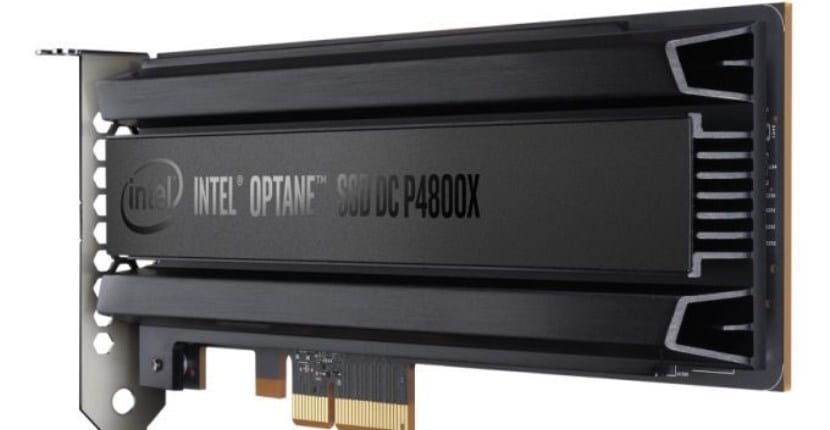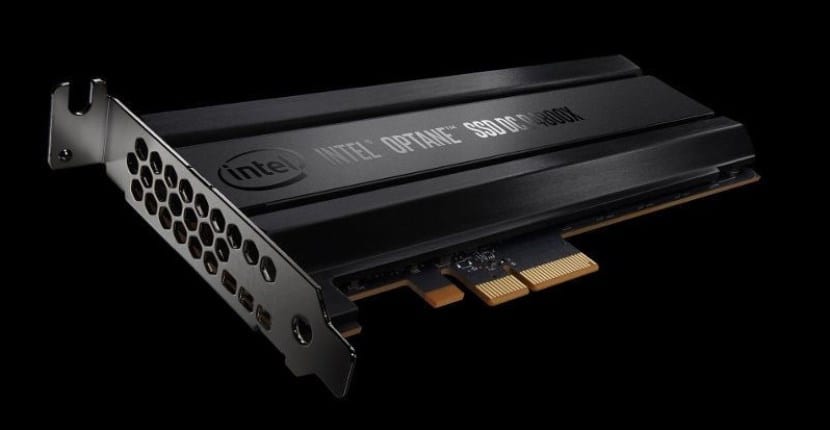
Intel has decided to baptize its new generation of SSD hard drives with the name of Optane. As the main novelty to highlight, as mentioned by its creators in the press release that the company has published in this regard, that they have used the 3D Xpoint technology, which, according to calculations, is a thousand times faster than traditional NAND in addition to being 'not volatile'.
This new technology is far from something that Intel has designed and is exclusive to the company, but there are already several companies that have begun to offer the odd product. The truth is that it has been now when the company, after several attempts, has decided that it was time to present the new Intel Optane P4800X, a model intended for business use.

Work is already underway on the 750GB and 1.5TB versions of the Intel Optane.
Basically what Intel offers us is an SSD type hard drive at a price of 1.520 euros per unit, without a doubt a feature that places it within the reach of many pockets but that makes it very interesting according to what specifications. In terms of capacity, we talk about 375 GB of memory, something that may not particularly attract your attention, precisely for that we have to go to the section on reading and writing speed, two characteristics that will surprise you.
According to its creators, apparently this SSD unit is capable of offering a speed of 550.000 read IOPS and 500.000 write IOPS which means that we could perfectly use it as RAM memory although, of course, the data in this memory is not volatile so everything that we keep in it will be recorded as what it is, a disk for storage.
Intel's idea with this memory is to place Optane disks as'virtual memory'in the teams. For this they are developing a system called 'Memory Drive Technology'which would allow the use of this range of SSD units, connected through a PCIe port, to the system and, through a chipset that is still under development, equipped with a high-end processor, predictably a Xeon, to turn this memory into what it could come to be considered as a second RAM memory.